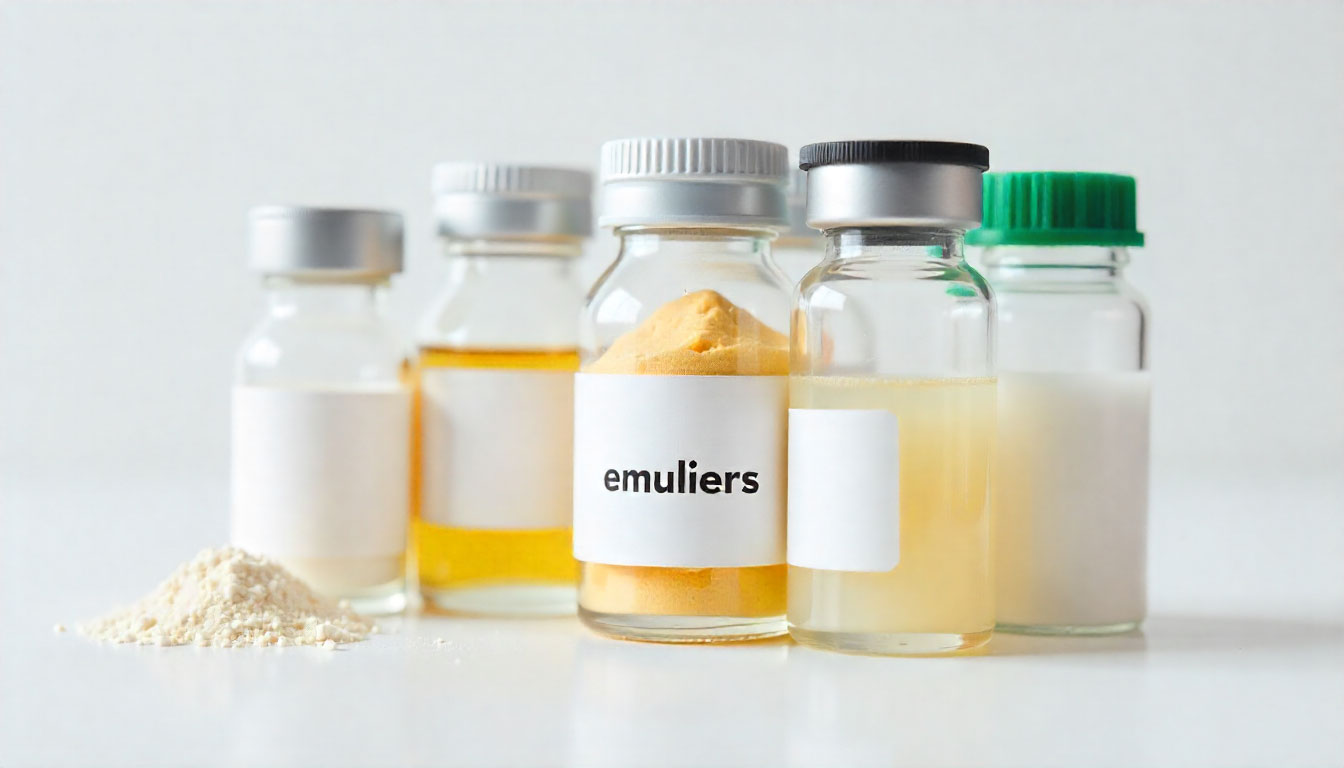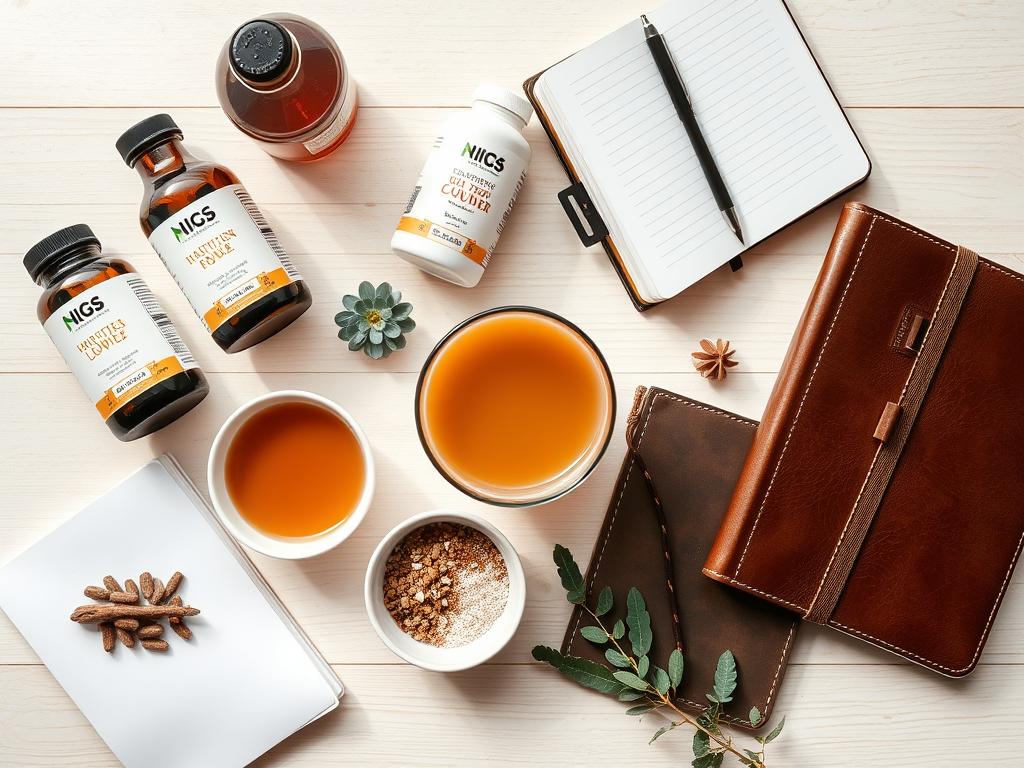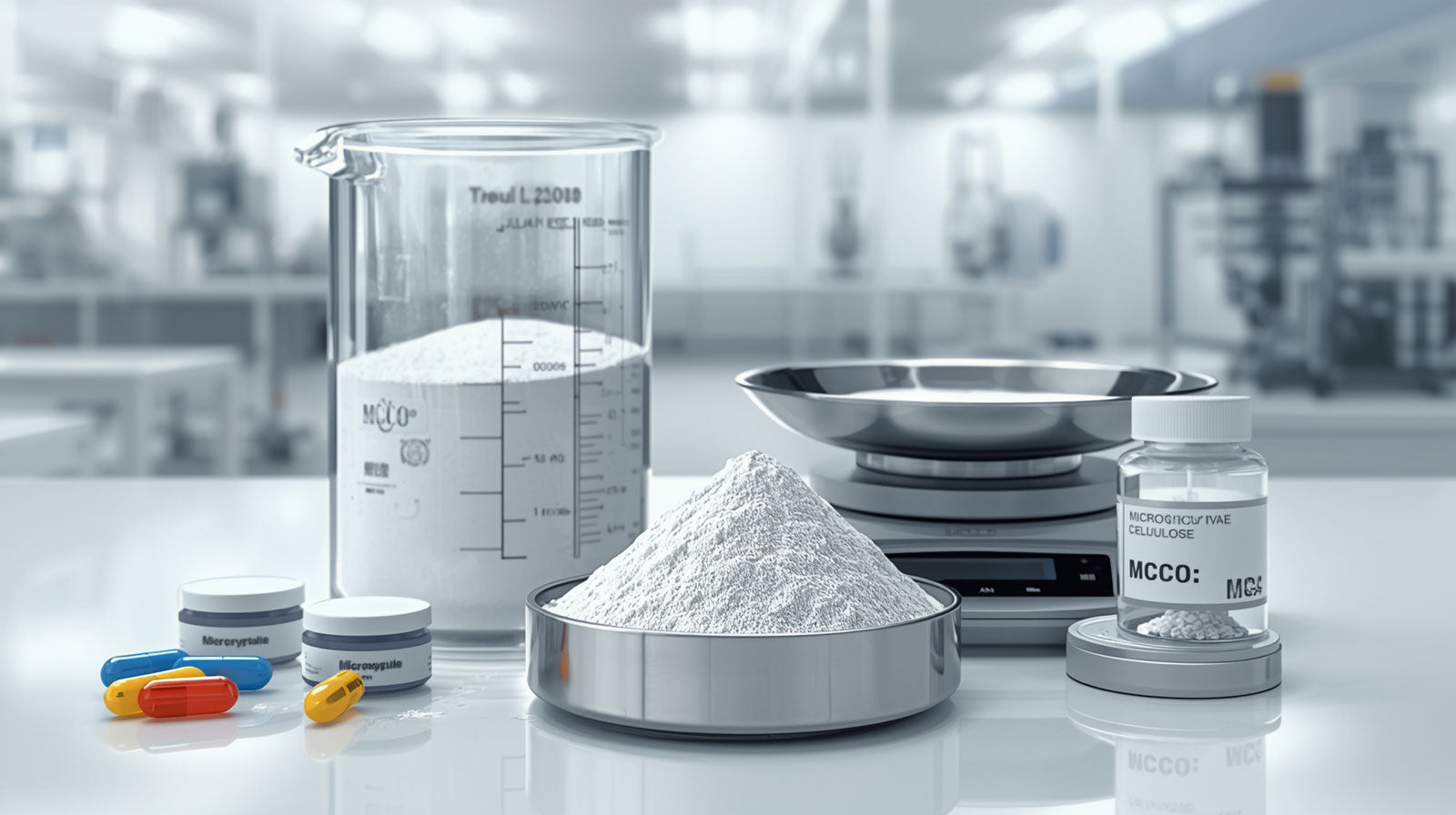Updated September 26, 2025
Cellulose Gum: Safe or Harmful? Benefits, Risks & Everyday Uses Explained
Cellulose gum (sodium carboxymethylcellulose) is one of the most widely used food additives today. It’s valued for improving texture, stabilizing sauces, and extending freshness in baked goods, dairy, and beverages. But many people ask: Is cellulose gum bad for you? Does it carry hidden risks, or is it a safe, functional ingredient? This guide explores what cellulose gum is, how it’s made, its benefits, risks, and natural alternatives.
- What it is: A plant-derived thickener and stabilizer made from cellulose (cotton, wood pulp).
- Benefits: Improves texture, prevents separation, lowers calories, and extends shelf life.
- Risks: Rare allergies, digestive upset in sensitive people, no nutritional value.
- Safety: Approved by the FDA and EFSA as safe (GRAS).
- Alternatives: Guar gum, xanthan gum, agar agar.
Understanding Cellulose Gum
 A close-up of a food product made with cellulose gum.
A close-up of a food product made with cellulose gum.
Cellulose gum, sometimes called cellulose gel, is derived from the natural cellulose in plant cell walls. By treating it with mild acids and salts, food scientists create a water-soluble powder that functions as a stabilizer, thickener, and texture enhancer. You’ll find it in everything from ice cream (to prevent ice crystals) to diet beverages and gluten-free baked goods.
How It’s Made
- Extract cellulose from cotton or wood pulp.
- Treat with acids/salts to create sodium carboxymethylcellulose.
- Filter and dry into a fine, water-soluble powder.
This process yields a safe, functional hydrocolloid with wide food industry applications.
The Benefits of Cellulose Gum
 Fruit juice thickened with cellulose gum.
Fruit juice thickened with cellulose gum.
- Diet foods & beverages: Adds viscosity without calories; functions as a dietary fiber.
- Baked goods: Retains moisture, prolongs freshness, improves crumb texture.
- Desserts: Reduces ice crystal formation in frozen items for smooth texture.
- Sauces & condiments: Prevents separation, improves pourability.
Potential Risks & Side Effects
For most people, cellulose gum is safe at the low levels used in food. Still, potential issues include:
- Digestive upset: Gas, bloating, or loose stools in sensitive individuals.
- Allergic reactions: Rare but possible (hives, itching, breathing issues).
- No nutrition: Provides bulk/fiber but no vitamins or minerals.
If you have a sensitive digestive system, consult your doctor before consuming products with added cellulose gum.
Regulatory Safety Status
 Cellulose gum powder.
Cellulose gum powder.
The FDA classifies cellulose gum as Generally Recognized as Safe (GRAS). The EFSA likewise approves its use throughout the EU. This means it can be freely used in food and beverage products worldwide.
Natural Alternatives
If you’d rather avoid cellulose gum, several natural hydrocolloids can perform similar roles:
- Guar gum – great for sauces and ice cream.
- Xanthan gum – perfect for gluten-free baking.
- Agar agar – ideal for gels and desserts.
Summary
So, is cellulose gum bad for you? For the vast majority of people, the answer is no. It is a safe, FDA- and EFSA-approved additive with valuable applications in food. While it may cause digestive discomfort in sensitive individuals and offers no nutritional value, its functional benefits make it a workhorse in modern food science.
Consumers looking for more natural options can turn to other hydrocolloids like guar gum, xanthan gum, or agar—all available at Cape Crystal Brands.
Frequently Asked Questions
Is cellulose gum safe to eat daily?
Yes, in normal amounts. Both FDA and EFSA approve cellulose gum as safe. Very high intakes may cause mild digestive effects in sensitive people.
Does cellulose gum have side effects?
Possible side effects include bloating, gas, or diarrhea in rare cases. Allergic reactions are extremely uncommon.
Why is cellulose gum used in foods?
It improves texture, prevents separation in sauces/drinks, extends freshness in baked goods, and reduces calories in diet foods.
Is cellulose gum natural or synthetic?
It’s plant-based (from cotton/wood pulp) but chemically modified to make it water-soluble.
What are natural alternatives?
Guar gum, xanthan gum, agar agar, and pectin all provide similar stabilizing/thickening effects.
Try Professional-Grade Hydrocolloids
At Cape Crystal Brands, we supply premium food thickeners and stabilizers—including xanthan gum, guar gum, agar agar, pectin and more. Perfect for gluten-free, vegan, and modernist cooking.
Shop Gluten-Free Ingredients





1 comment
Shirley M Wilbert
I was told cellulose gum and gel was from potatoes is that true